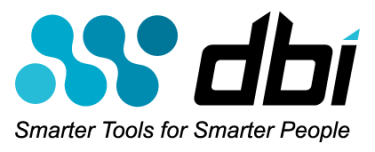Your database is only going to be taxed more in the days to come. How do you keep up with this demand for more data?
| Christopher Surdak, JD , Global Subject Matter Expert, Analytics, Governance, and eDiscovery, with HP Software recently wrote a thought-provoking article where he identified six forces that will disrupt the telecommunications industry by 2020. I’m going to summarize his ideas below, but you should read the entire article. Here are the six disruptive forces:
|
 |
- Integration: the content contest. Content, service, and product deliverers are capturing more of the information value chain. Surdak predicts, “By 2020, it is likely that one or more major telecom companies will be acquired by a content company.”
- The Traffic Explosion: The internet of things will add billions or trillions of new connected data sources by 2020, which will result in “an astronomical growth in data volumes.”
- Mobility: “Mobile connectivity is far outpacing hardline connectivity.” In the developing world and amongst poorer populations, “mobile is cheaper, more convenient, and more useful.”
- Saturation: as boomers enter retirement communities and assisted living facilities, they will be forced to change habits, adopt technology, and consume more bandwidth than anyone anticipates.
- Security: customers are expecting their networks to protect the entire internet value chain.
- Ascension: balloon- and drone-based systems will provide high-quality, affordable broadband access anywhere in the world.
So how do you keep up with this demand for more data? You can, of course, spend more money for non-returnable CPUs, memory, and licenses, or you can make sure you’re getting the optimum performance out of the IBM DB2 LUW database that you already have. That’s the smarter, cheaper solution. If you’ve got 15 seconds, let us show you how DBI Software’s pureFeat™ performance software could cut your number of database servers in half, your license costs in half, your energy costs in half, and simultaneously double or triple performance and improve reliability.
What You Must KnowThe demands on your database are only going to grow - and grow quickly.



